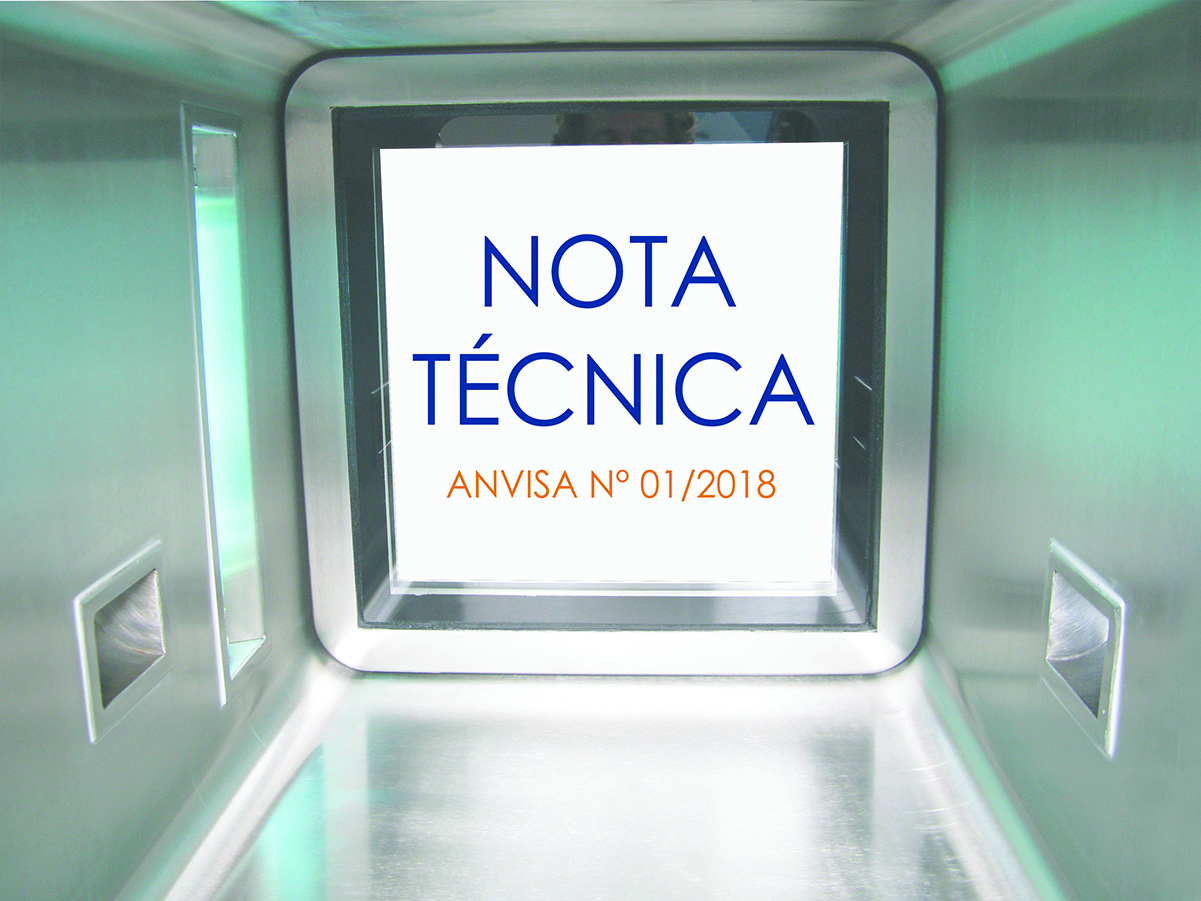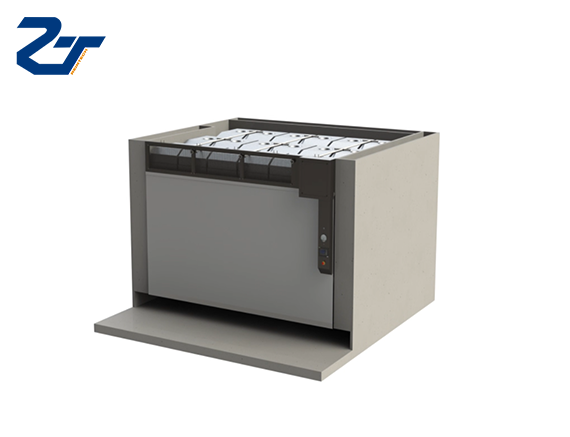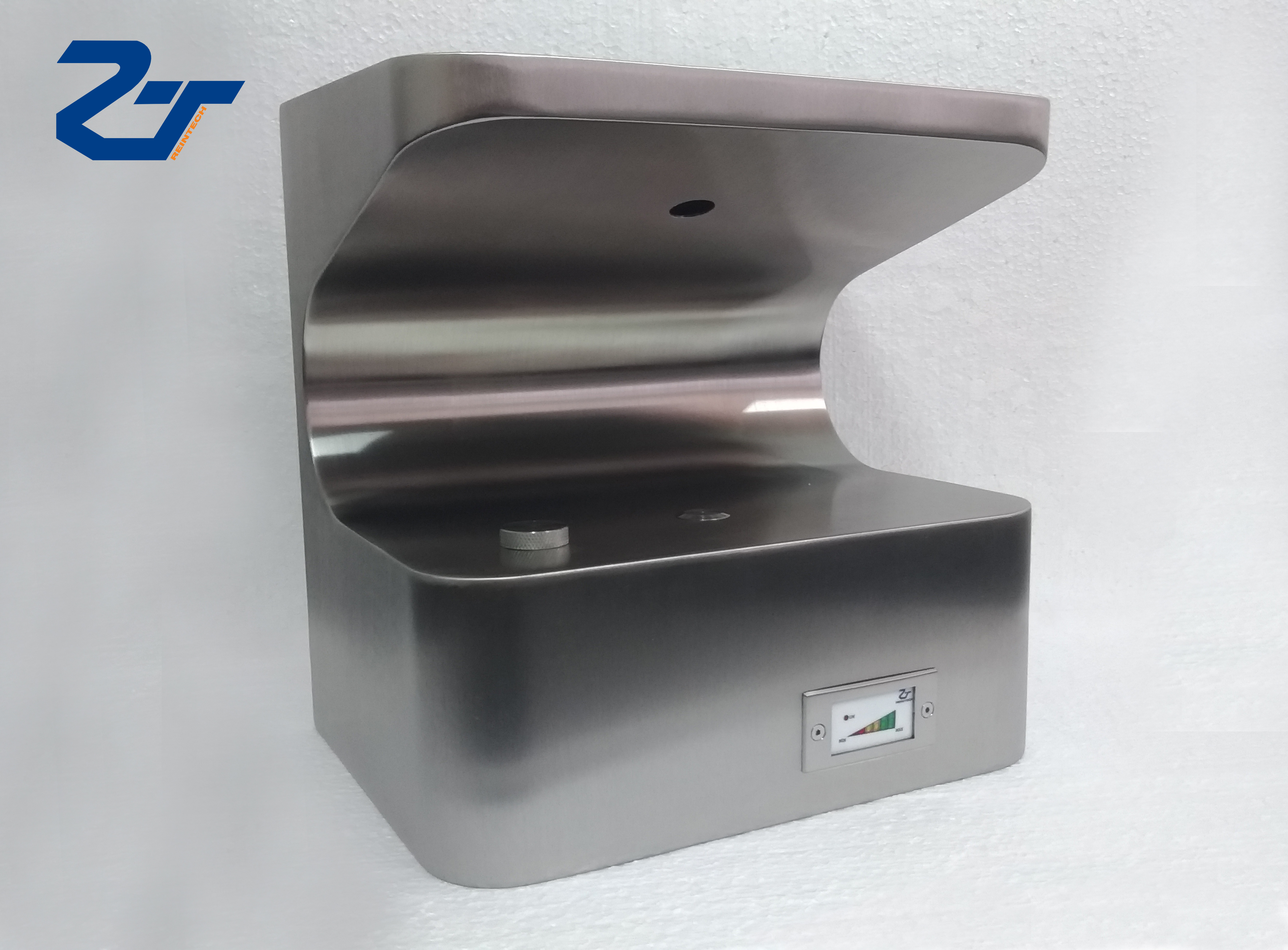Among the safety measures adopted in a health promotion and health care environment, hand hygiene is one of the main strategies for prevention in health care-related infections (IRAS). In order to guide managers, professionals working in the health services and the National Health Surveillance System (SNVS), Anvisa issued Technical Note 01/2018 on the basic and necessary requirements for hand selection hygiene products.
Hand hygiene includes simple hygiene, antiseptic hygiene and surgical antisepsis or preparation of the hands. This type of health service has been a focus of special attention for the prevention of the dissemination of microorganisms, especially the multiresistants, often transmitted by health professionals.
It is worth remembering that in hospitals, health care facilities or clinics, the management of people suffering from infections is constant and, consequently, care must be doubled. The technical note prepared by Anvisa focuses on the implementation of improvements in its units as part of the guidelines of the World Health Organization (WHO).
Alcoholic Preparation
The most effective way to ensure good hand hygiene is to use alcohol preparation for hands. The final concentration of the alcoholic preparation for antiseptic hand rubbing to be used in health services must comply with RDC 42/2010 between 60% and 80% in the case of preparations in liquid form, and final concentration minimum in the case of preparations under the form of gel, foam and others.
Skin contact
As for the time of contact with the skin of the hands, it is recommended that the hygiene of the hands with alcoholic preparations in the health services be done for 20 to 30 seconds, rubbing the hands on all their surfaces.
Good skin tolerance
Alcoholic preparation for antiseptic hand rubbing should show good skin tolerance, since contact dermatitis may occur due to hypersensitivity to alcohol or to various additives present in certain formulations.
Five moments for hand hygiene
The technical note recalls the concept of “five moments for hand hygiene” that facilitates the understanding of health professionals when there is a risk of transmission of microorganisms caused by hand-held transmission: before touching the patient; before performing clean / aseptic procedure; after exposure to body fluids; after touching the patient and after contact with surfaces close to the patient.
Hygiene of hands
Hands should be washed with soap and water (soap or liquid) when they are visibly soiled with blood or other body fluids, when exposed to potential spore forming organisms or after using the toilet.
Hand hygiene actions are most effective when the skin of the hands is free of lesions / cuts, the nails are full-sized, short, and the hands and forearms unkempt and uncovered.
It is worth remembering that proper hand hygiene is a simple action, but that done at the right time and in the right way can save lives.
Text by: http://boaspraticasnet.com.br/ wrote by Alberto Nascimento
Info by: ANVISA








